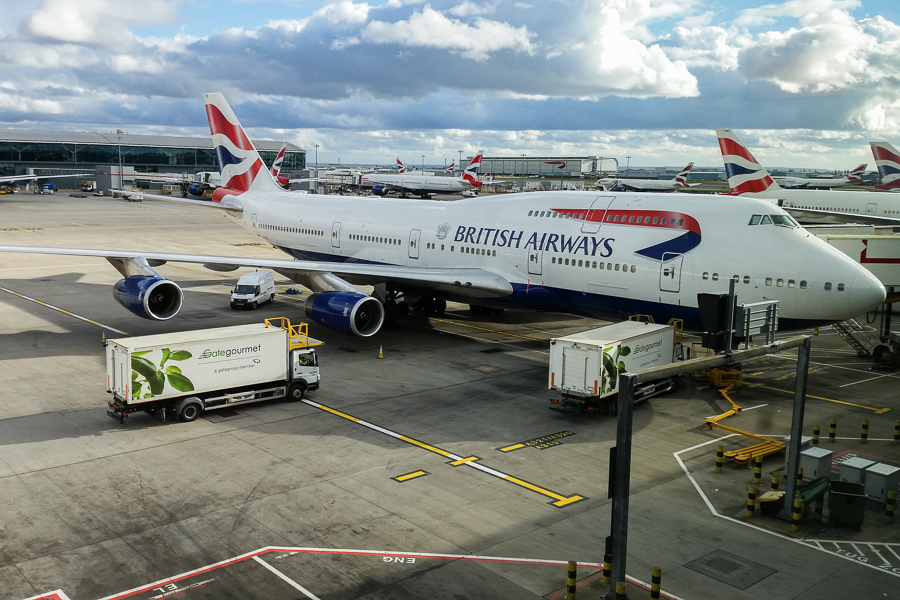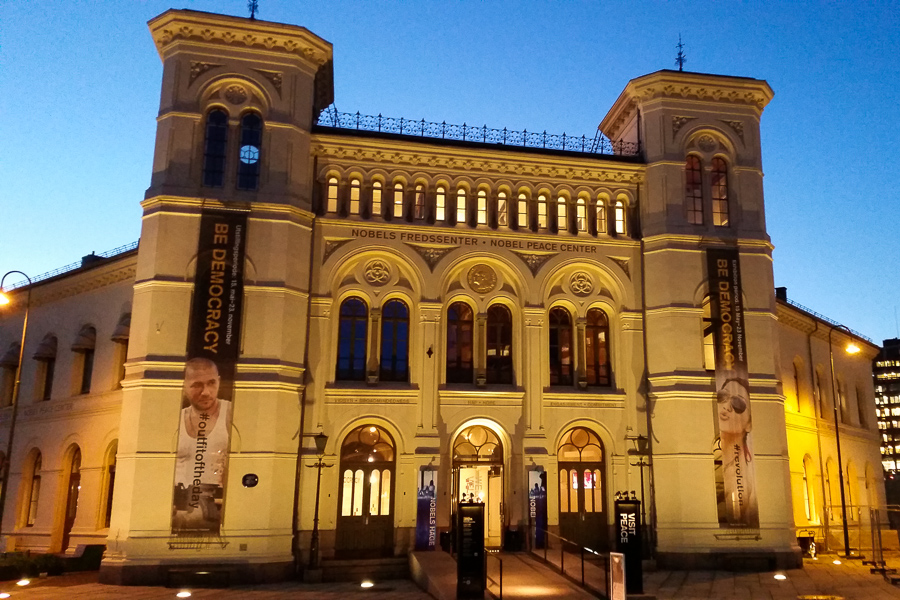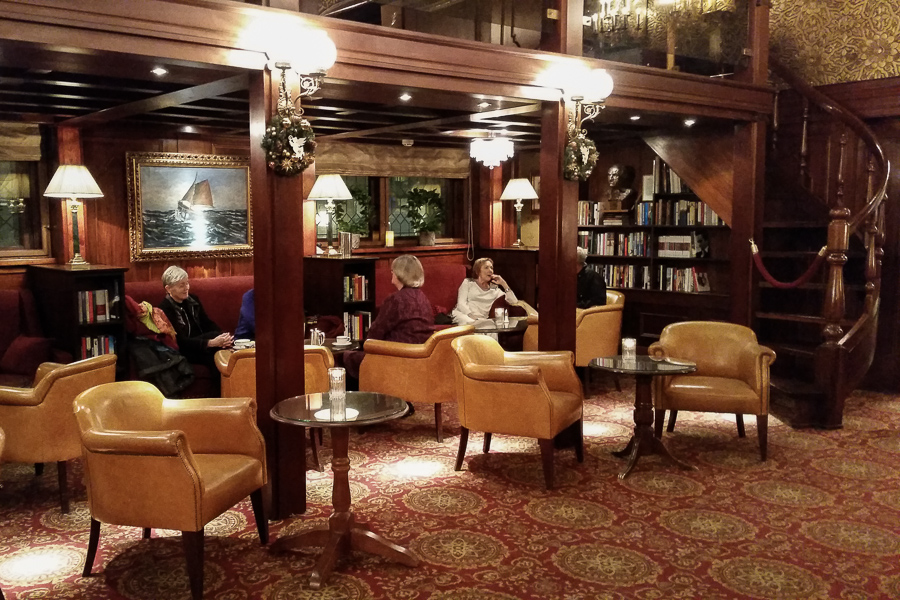December 2014 opened the coldest in 118 years in Chicago, but all the forecasts point to a huge warm-up over the next two weeks:
he scope of the warming being predicted is really something. The global scope of the milder than normal temps is evident from the depiction at the top of this post. The Weather Service’s GFS model, Environment Canada’s GEM ensemble and the European Center’s deterministic and ensemble model are all on board with the onset of a significantly warmer than normal pattern. This doesn’t mean there won’t be some cool days intermingled with the “warmth”. There actually will be. But, these forecasts speak to the overall pattern. Each of these predictions suggest a major pattern about-face heading through mid-December–a radical change from the arctic chill which has dominated the past three months producing the 11th coldest meteorological autumn (i.e. Sept through Nov period) on the books and the 8th coldest November in 143 years of official observations here.
Are prospects for winter cold dead? Don’t count on it. High latitude blocking, a major factor in the cold with which the current season has begun, has been a factor in almost all of our recent winters producing the high amplified (i.e. “buckled” or “wavy”) jet stream patterns which encourage arctic air to dive into the Lower 48.
But not quite yet, it seems. The next week will be seasonable, with temperatures right around freezing. The warm-up, if it occurs, is more than a week away.
On the other hand, I'm in Louisiana tonight, where it's 12°C—too chilly for a long walk in the light sweater I've got on, but a lot warmer than back home. So I'm going to have a look at the Mississippi, then hustle back inside for a pint of something.
I'm dealing with two instances of developer laziness (or stupidity).
The proximate cause of my annoyance this morning comes from les espèces d'idiots at Eurostar who included local references to images in a confirmation email template. In non-technical terms, they put the images they want displayed on an email behind their own firewall, so they only show up when you look at the email behind their own firewall. So, some idiot developer, tasked with creating a confirmation email, put images on it that worked for him (because he was inside the firewall) but didn't have the mental faculties to predict that no one else would see them. Somehow this got past Eurostar's QA as well—presumably because they, too, are behind the firewall.
This set up a flaw in Microsoft Outlook that will render the program mostly unusable until I get rid of the email using my phone. Because Outlook is too stupid to realize that, if it can't download an image from a particular local path because the path is not mappable, then it should still try all the other images on that path one at a time, blocking the UI thread as it goes. This means, for each image on the Eurostar email, I see something like this:

See how the URL doesn't begin with "http://" but instead begins with a double backslash ("\\")? Yeah, that's a local path to some server at the company who designed the email. Great work, guys. And great work, Outlook, for forcing users to wait for all the images to download before returning control of the UI. Because why wouldn't we want to stop everything in order to see the Eurostar corporate logo?
Only a little, it turns out. I'm in the second of three weeks without travel, but I'm back on the road for the first two weeks in December. I even have to miss a concert, which is a bad thing, but it's because I'll be doing a technical diligence in freakin' Paris, which est pas mal. I'm also going to see about taking a quick side-trip to London, which, given the agenda for the diligence and flight schedules back to the U.S., might not make a difference as far as my work schedule goes.
I've also noticed that I keep missing posts on Saturdays. Not sure why; possibly because I've had a lot going on during the week, and Saturdays have been a little more vegetative than expected.
Journalist and private pilot William Langeweische writes in Vanity Fair last month that the Air France 447 crash may have more to do with automation than previously thought:
The problem is that beneath the surface simplicity of glass cockpits, and the ease of fly-by-wire control, the designs are in fact bewilderingly baroque—all the more so because most functions lie beyond view. Pilots can get confused to an extent they never would have in more basic airplanes. When I mentioned the inherent complexity to Delmar Fadden, a former chief of cockpit technology at Boeing, he emphatically denied that it posed a problem, as did the engineers I spoke to at Airbus. Airplane manufacturers cannot admit to serious issues with their machines, because of the liability involved, but I did not doubt their sincerity. Fadden did say that once capabilities are added to an aircraft system, particularly to the flight-management computer, because of certification requirements they become impossibly expensive to remove. And yes, if neither removed nor used, they lurk in the depths unseen. But that was as far as he would go.
Sarter has written extensively about “automation surprises,” often related to control modes that the pilot does not fully understand or that the airplane may have switched into autonomously, perhaps with an annunciation but without the pilot’s awareness. Such surprises certainly added to the confusion aboard Air France 447. One of the more common questions asked in cockpits today is “What’s it doing now?” Robert’s “We don’t understand anything!” was an extreme version of the same. Sarter said, “We now have this systemic problem with complexity, and it does not involve just one manufacturer. I could easily list 10 or more incidents from either manufacturer where the problem was related to automation and confusion. Complexity means you have a large number of subcomponents and they interact in sometimes unexpected ways. Pilots don’t know, because they haven’t experienced the fringe conditions that are built into the system. I was once in a room with five engineers who had been involved in building a particular airplane, and I started asking, ‘Well, how does this or that work?’ And they could not agree on the answers. So I was thinking, If these five engineers cannot agree, the poor pilot, if he ever encounters that particular situation . . . well, good luck.”
Airline pilot Patrick Smith, while acknowledging Langeweische's skills as a writer and his previously excellent reporting on aviation, calls B.S.:
I’m not arguing that pilots’ hands-on flying skill have probably become degraded over the years. But this is because a newer set of skills is required to master the job. A high level of competence is demanded in both skill sets, but it’s unfair, and wrong, to contend this newer set is somehow less important or less valuable than the other.
Neither is it anything easy to learn or master. The most frustrating take-away from the Vanity Fair story is that unless and until something goes wrong, flying modern planes is essentially effortless and without much challenge. The author’s point about the erosion of hands-on airmanship is a useful conversation. However, his contention that piloting jetliners is somehow easy, and his at-times cartoonish descriptions of what the job actually entails, is where the article falls apart (and pisses me off).
Professionals of all kinds will often describe a particular task as “easy.” What they mean, more correctly, is that it’s often routine; they are used to it. That’s not the same thing as easy. Try to imagine how much work — technologically, logistically, and so on — goes into getting a widebody jetliner with hundreds of people on it from one continent to another? It can be very routine, but nothing about it is easy.
Lawsuits are still ongoing.
This is the airplane that took us from London to Chicago last Friday:

That's one of the remaining British Airways 747-400s, which they still use on some long-haul routes. They carry more cargo than A380s and B777s, which explains why they're still economical for BA to fly. But since Boeing no longer makes them, and since the B777 carries almost as much cargo with lower operating costs, BA is phasing the planes out.
My favorite plane in either BA's or American's fleets is the B767 that American still flies every morning from Chicago to London. American has made no secret of wanting to phase them out, too, but only a couple of weeks ago I found out they're going to phase in the B787s they've got on order. I can't wait—and I'm hoping they put the 787s on the same Chicago-to-London early-morning route that I love.
From last week's trip, here's Oslo Harbor at sunset:

The Nobel Peace Center:

Our hotel, a well-known meeting-place for literary types for some reason:

I didn't have a lot of time to take photos, so there won't be too many others.
Lots more travel this weekend, including Parker and me spending two days in a place without Internet. (My phone at least had a little from time to time.)
Now back home, I have to figure out the rest of my day before rehearsal. Parker, for his part, is sleeping on his own bed right now for the first time in more than a week.
Well, we made it to Heathrow only an hour late, and scrambled to get our initial findings out to our director in the 45 minutes we had available in the lounge...until our flight to Chicago was also delayed an hour and fifteen minutes. Really I just want to get on the plane and sleep. But then I also want to get home with enough time to nap before an event I've been looking forward to. So, here's hoping the published delay right now is the real delay, and I still have a couple of hours to unpack and change.
Also, I was off just a bit in my surmise how the credit card transit tickets worked. It's not that Norway has less transit theft than other countries (though I suspect this is true anyway), it's that you have to swipe your credit card to get out of gates when you arrive. Still, we left the hotel at 5:20 and got to the airport by 6. That's pretty impressive.
I like traveling to Europe because it reminds me that technology can combine with public services in ways we will not see in the U.S. for 30 years. Yesterday it was a magic button that made a taxi appear in seconds. Today it was a bit of wasted time that led to two discoveries, one of which was that I wasted time.
My business colleague and I, used to very long lines to get paper train tickets as well as some predictions about our cognitive abilities at 5:15 tomorrow morning, decided to swing by the local train station to get our airport express tickets. It turns out, they don't use them. You simply swipe your credit card at a small kiosk and—bam—you have a ticket good for six months.
In other words, we could have simply walked to the train station tomorrow morning, swiped our cards, and climbed aboard, without waiting in line and without getting a paper ticket.
My colleague, having noticed that coming in from the airport no one challenged us for our tickets, asked, "how does that even work?"
I thought about it and realized that in Norway, very few people steal public services. Also the conductors have handheld computers that can read credit cards and match them with pre-payments.
Imagine if Metra did that. It might be convenient. Or if Metra and the CTA could get their asses moving on making Ventra cards good for both. It might wind up being something like the Clipper Card in San Francisco, a transit card that works on most public transport.
The basic point is, how much lost productivity do we have in the U.S. because we under-fund public services to the point where they can't invest in cost-saving technology? And what will it take to get Americans to stop voting for people like Bruce Rauner, who is guaranteed to try starving Chicago-area public transport for four more years?
Except for one minor problem, this has been a good trip. I'll have photos of the super-cute hotel probably this weekend. And the meeting today went surprisingly well, notwithstanding the 10 times I had to leave the room.*
One amazing thing happened: at the end of the meeting, we stopped by reception and asked about getting a taxi. The receptionist pushed a button on a small device, which promptly spat out a receipt, which she handed us. By the time we got outside the building, there was a taxi waiting. Amazing. Why don't we have these things in the U.S.?
* The minor problem seems to have come from a salad I ate Monday for lunch, and has has made it unlikely I'll get to experience any great dining here in Oslo. I am not pleased.